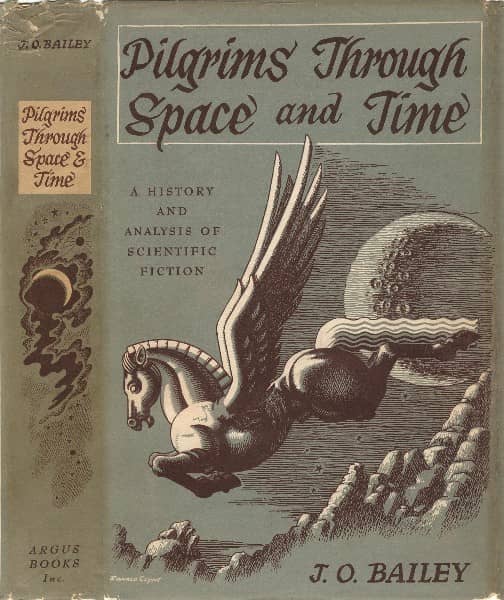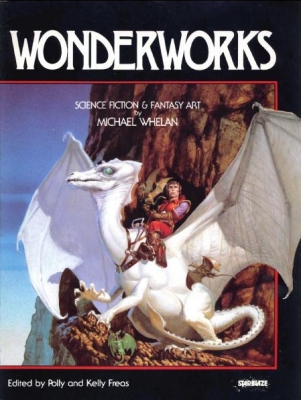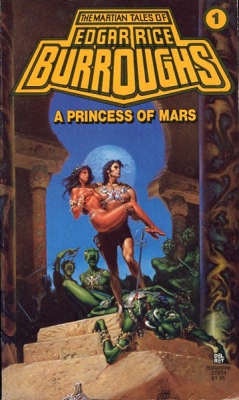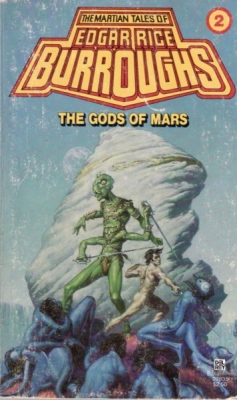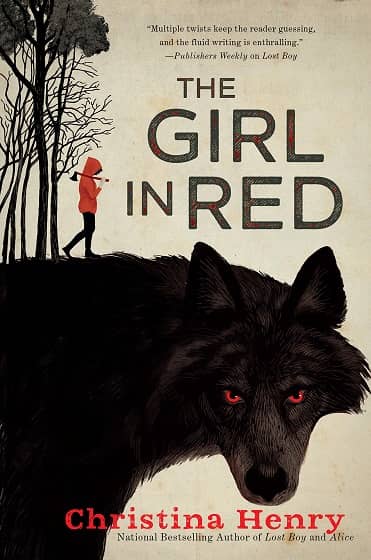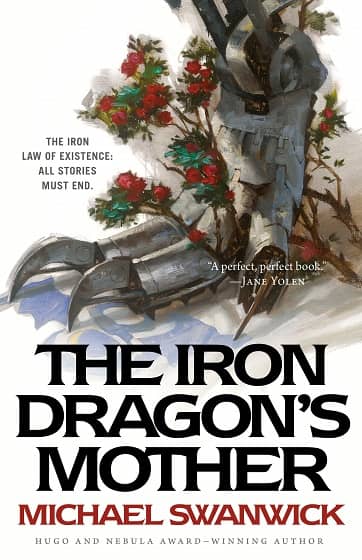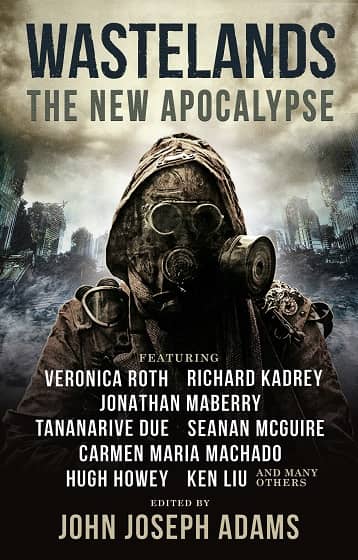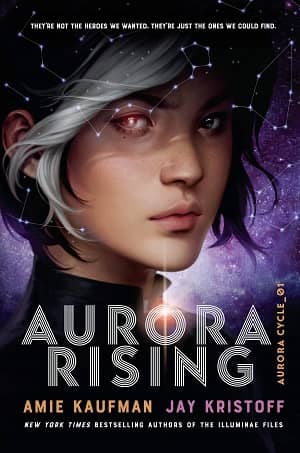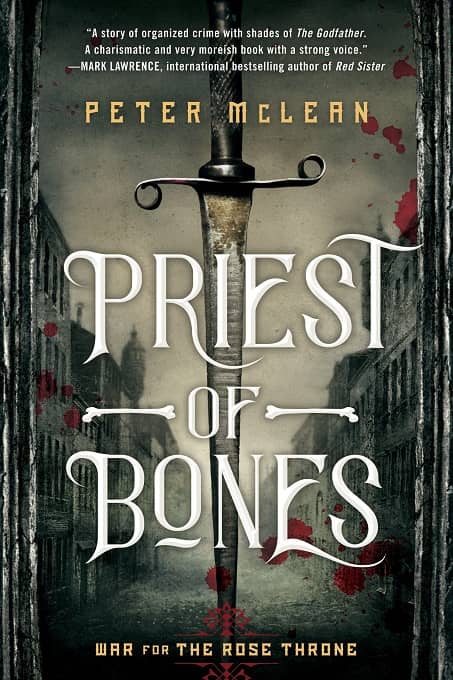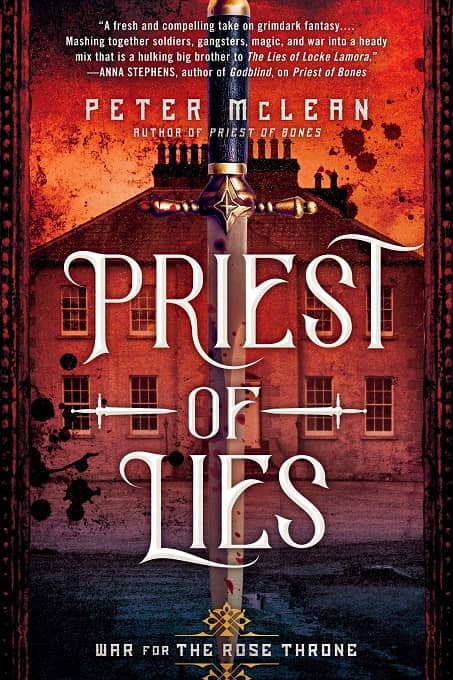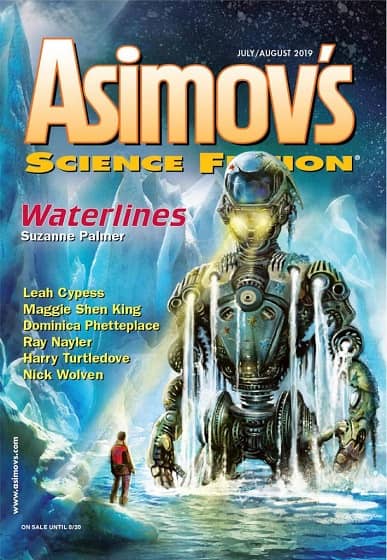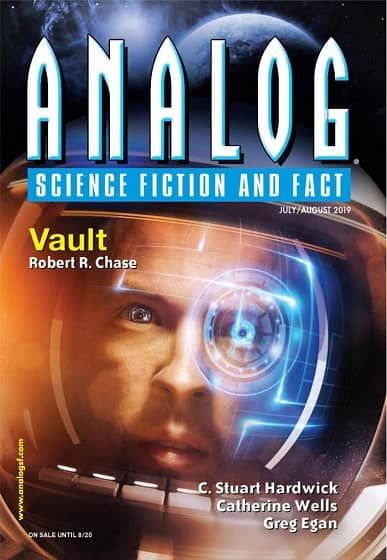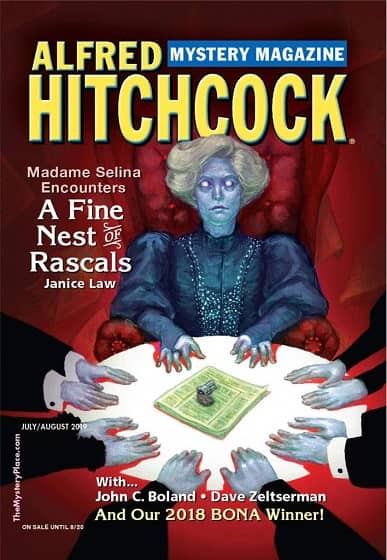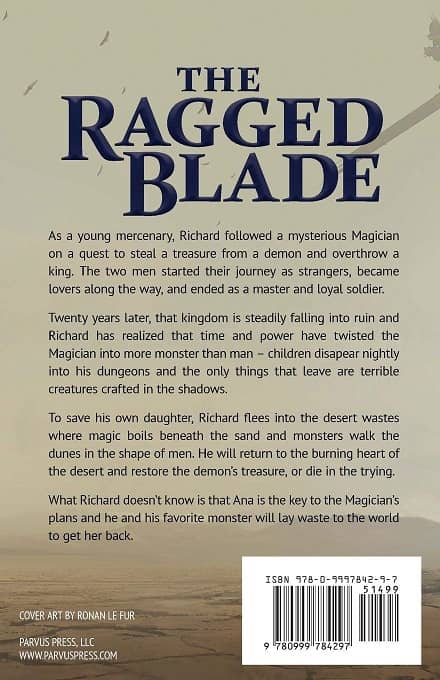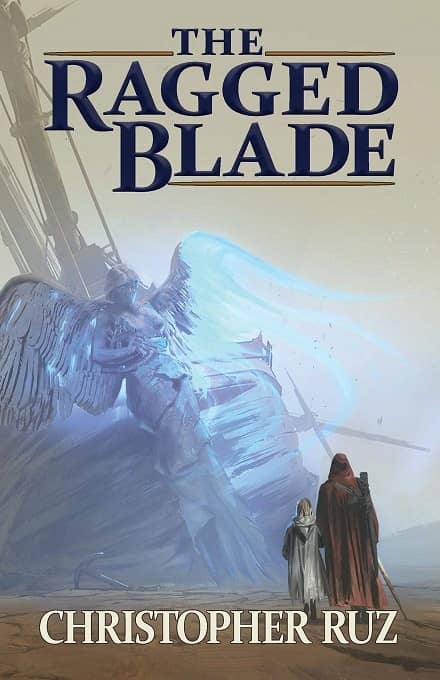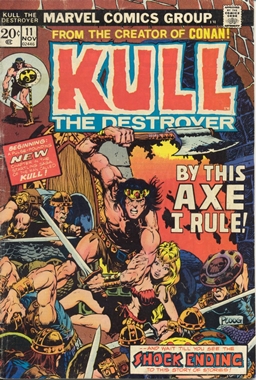Wordsmiths: Live Interview with Ada Palmer at ConFusion 2019!
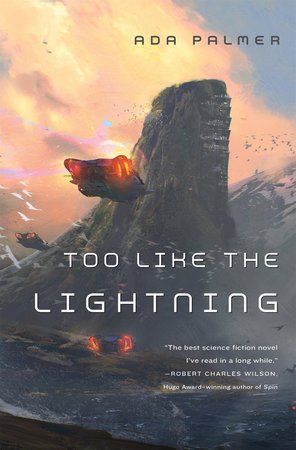 |
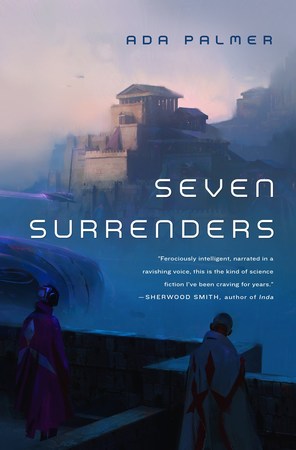 |
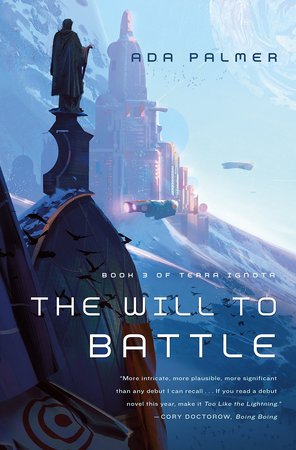 |
It’s been a while since I’ve posted a live interview! Back in January, I had the pleasure of attending ConFusion, Michigan’s annual conference for authors and fans of science fiction, fantasy and horror. If you’ve never been, I highly suggest you check it out; it’s become one of my top two U.S. cons for writers (alongside Readercon) and is always a ton of fun.
Like in 2018, the con-com let me sit down for a live interview with one of their GoHs, in this case the talented and insightful Ada Palmer. If you’re unfamiliar with her, Palmer is the author of the Terra Ignota series, which started in 2016 with Too Like the Lightning and is planned to conclude with book four, Perhaps the Stars, in 2020. Lightning earned Palmer the Campbell Award for Best New Writer in 2017, and it was also nominated for the Hugo. It is an intricate, literary exploration of a future Earth shaped by the end of nation states and a set of Universal Laws.
I’ve gotten very lucky in who I’ve been able to interview lately, but talking with Palmer was fascinating. In 50 minutes we barely scratched the surface of what I wanted to discuss, and we easily could have continued for another couple of hours, mostly so I could keep learning. I hope you enjoy the interview below and encourage you to check out her work.

